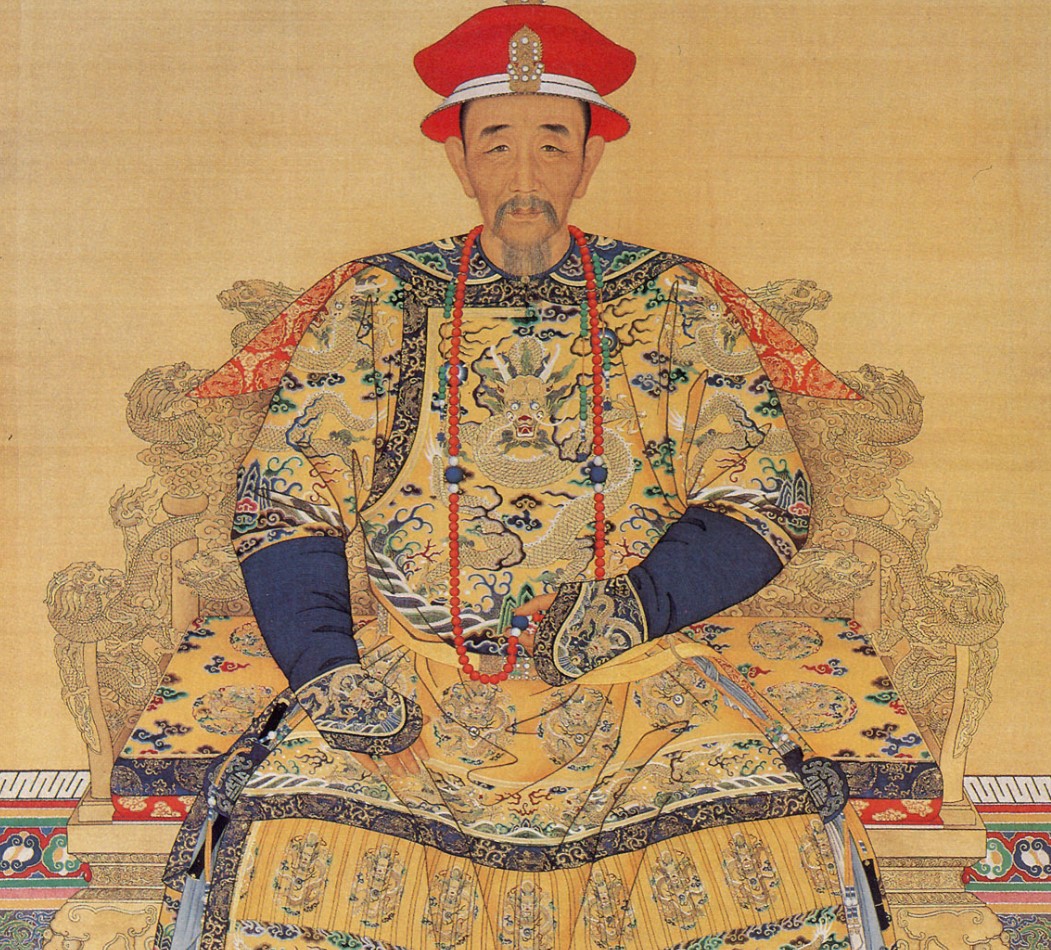300-Year-Old Chinese Coin Somehow Ends Up in Alaska
Archaeologists were left in shock after unearthing a 350-year-old Chinese coin in Canada’s Yukon Territory.
The rare find, inscribed with Chinese characters, has helped shed light on the ancient trading routes that existed in the region before the 19th-century Gold Rush.
The Discovery of a Chinese Coin in Canada
The Chinese coin was discovered northwest of Carmacks, Yukon, by a team of archaeologists about a decade ago.

Source: Reddit
The team of researchers had been examining a potential mining road in the region when they made the unexpected discovery, per NBC News.
Minted Over 300 Years Ago During Reign of Kangxi
The small coin, which is circular in shape and has a small square hole in its center, is made from around 60% copper and 40% zinc.

Source: Wikimedia
Researchers believe it was cast around the tail end of the 1660s, during the reign of Emperor Kangxi, a ruler of the Qing Dynasty.
Chinese Coin Sheds Insight on Trading Links
Immediately, the archaeologists knew they had discovered a unique coin as it was inscribed with several Chinese symbols.

Source: Wikimedia
It has helped researchers gain a better understanding of the links between First Nations people, Russian traders, and 17th-century China.
Archaeologists Unearth the Chinese Coin
CBC reports that James Mooney of Ecofor Consulting Ltd. and his team were conducting a heritage impact assessment when they discovered the coin.

Source: Freepik
“I was less than a meter from our archaeologist Kirby Booker when she turned over the first shovel of topsoil, and I caught sight of something dangling from the turf. It was the coin — the neatest discovery I’ve ever been part of,” Mooney said.
Russian Traders Travel Deep into the Yukon
According to Mooney, there’s a simple theory as to how the coin ended up in the Yukon centuries ago.

Source: Wikimedia
“The first documented accounts of foreigners getting into Tlingit territory were in the mid-1700s. Russian traders [were] coming in, and they were collecting sea otter pelts and some of the inland furs, and they would trade things like glass beads, silks, and coins,” he said.
Not the Only Chinese Coin Discovered in the Yukon
The Chinese coin is not the first of its kind discovered in the Yukon Territory of Canada.

Source: Wikimedia
According to Mooney, “Overall, three Chinese coins have been found in the Yukon Territory.”
Dating the Chinese Coins Discovered in the Yukon
One of the three previous Chinese coins discovered in the Yukon dates to 1724, while the other was minted in 1735.

Source: Ant Rozetsky/Unsplash
However, a third coin discovered not far from a gold rush trail near Beaver Creek is much older.
600-Year-Old Coin Discovered in Canada
“This coin was thought to date from 1880 to 1910 and to be associated with a Klondike era use of a trading trail,” Mooney said.

Source: Wikimedia
After further investigation, it was discovered that the third coin was much older than initially thought, dating to between 1403 and 1424.
Evidence for Controversial Theory
Mooney suggests the dating of the third coin points toward a controversial theory that suggests the Chinese had reached America before explorers such as Christopher Columbus.

Source: World History Commons
“This age overlaps with a controversial theory of worldwide exploration by Chinese explorers and only begs more questions,” Mooney said.
Differences in the Chinese Coins Discovered in the Yukon
While the original three Chinese coins found in the Yukon all had square holes in the center, the fourth discovered by Mooney and his team had additional holes.

Source: Wikimedia
Speaking on the find, Gary Ashkenazy, an expert in Chinese coins, told NBC News, “The vast majority of these Chinese ‘cash coins’ did not have additional holes drilled into them.”
Coins of Protection
“Additional holes were drilled in these coins so that they could be attached to a house ridgepole, door, or gate in order to provide protection. They were also sewn onto clothing as a means to protect a person from ghosts and evil spirits,” Ashkenazy said.

Source: Wikimedia
It’s thought this particular Chinese coin discovered by Mooney’s team in the Yukon was worn as a protective amulet to keep its owner free from harm’s way during long expeditions.
